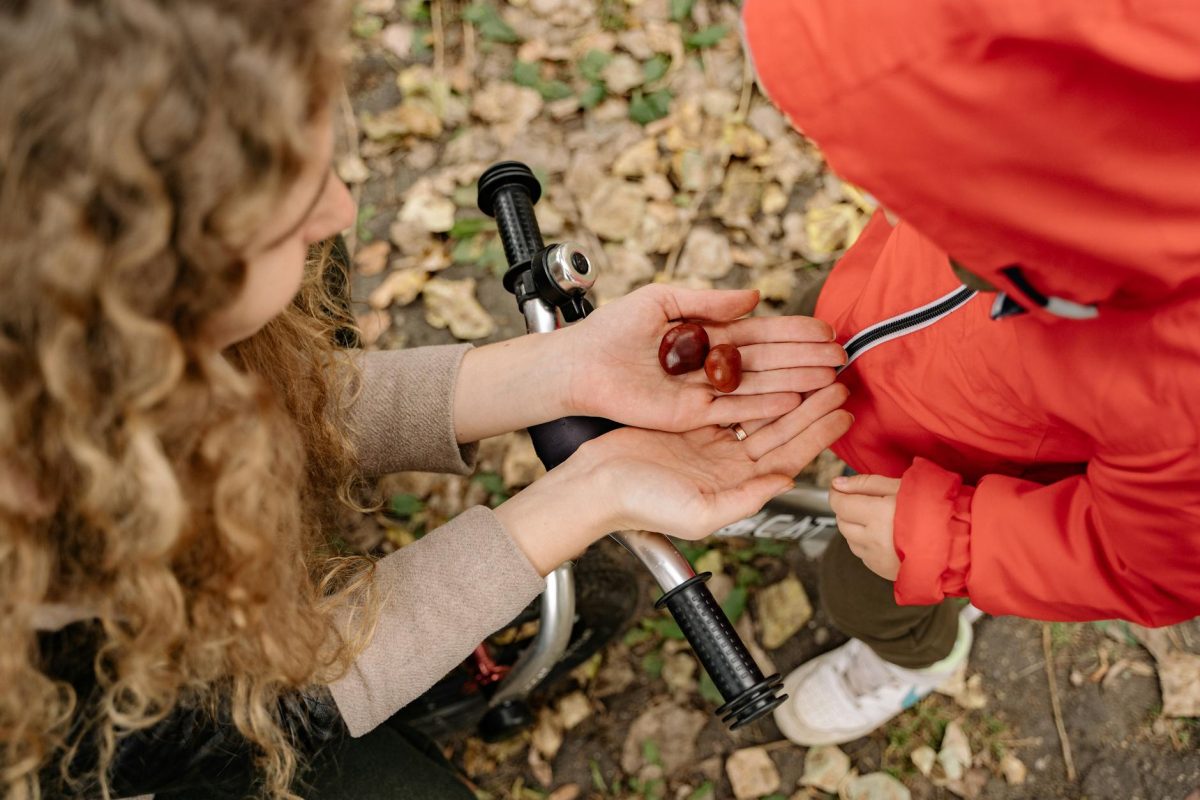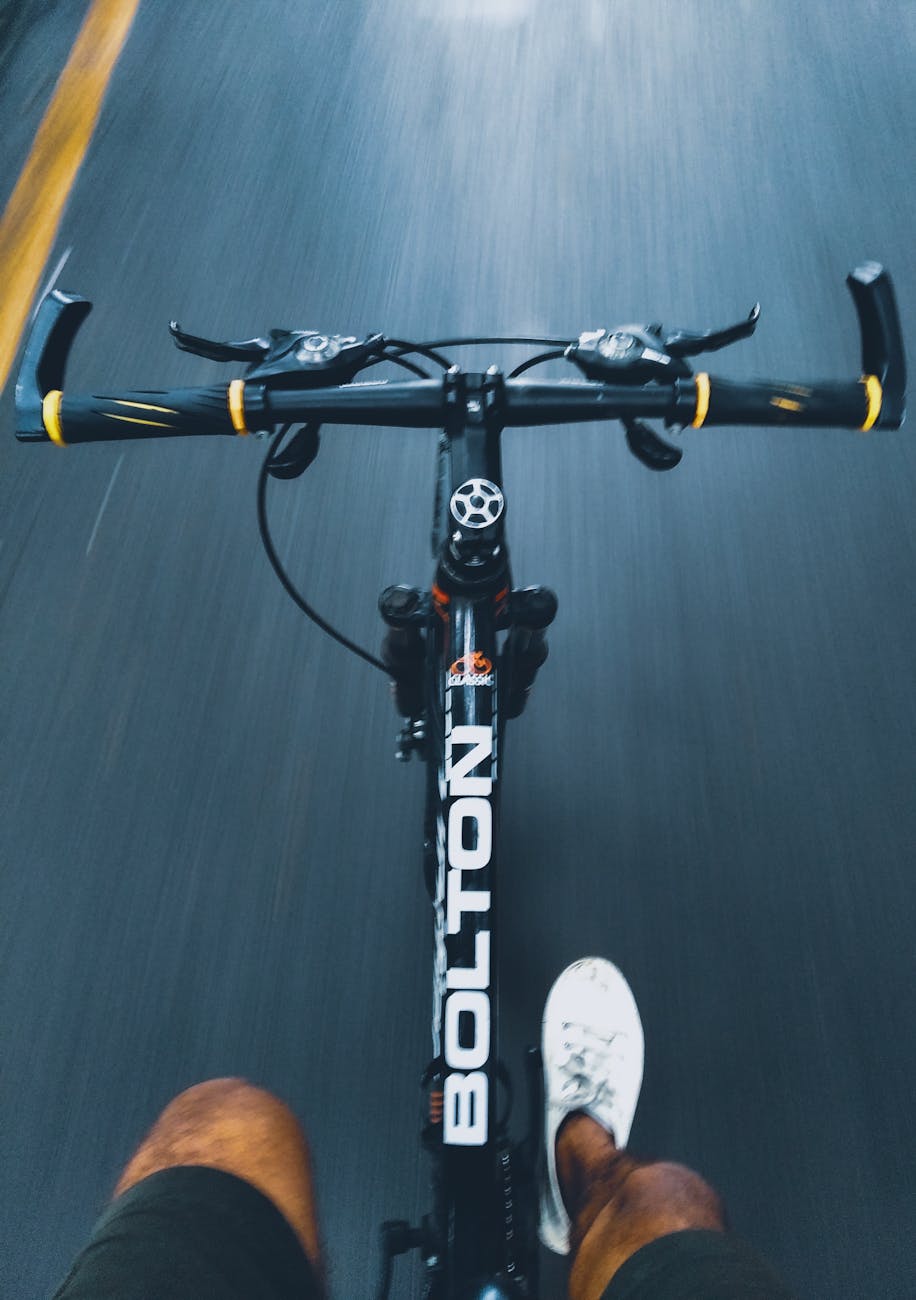Hands-Free Bike Riding: Effortless Tips for Safe Riding
Cycling is not only a great way to stay fit and reduce your carbon footprint, but it can also be incredibly liberating. Hands-free bike riding takes this feeling of freedom to the next level, allowing riders to experience the thrill of coasting without using their hands on the handlebars. While hands-free riding can be exhilarating, it’s essential to maintain safety as a top priority. In this article, we will explore some effortless tips for safe hands-free bike riding.
The Importance of Proper Bike Fit
Before attempting hands-free bike riding, it’s crucial to ensure that your bike is properly fitted to your body. A bike that is the right size and adjusted correctly will be more stable and easier to control when riding without hands. Make sure your seat is at the appropriate height, your handlebars are aligned parallel to the ground, and your brakes are in good working condition.
Mastering the Basics
To successfully ride hands-free, you must first master the basic skills of cycling. Practice riding in a straight line and maintaining your balance without using your hands. Start by shifting your weight slightly back and forth to maintain stability. Once you feel comfortable, gradually lift your hands off the handlebars for short bursts of time until you can ride confidently without them.
Choose the Right Location
When attempting hands-free bike riding, choose a safe and open location free of traffic and obstacles. An empty parking lot or a quiet neighborhood street are ideal places to practice this skill. Avoid busy roads or crowded areas where distractions can increase the risk of accidents. Having a clear and spacious environment will allow you to focus on your technique without worrying about external factors.
Focus on Your Posture
Maintaining good posture is key to successful hands-free bike riding. Keep your back straight, your shoulders relaxed, and your gaze forward. Distribute your weight evenly on the bike and engage your core muscles to stabilize your body. Avoid tensing up or gripping the handlebars too tightly, as this can impede your ability to balance effectively.
Practice Makes Perfect
Like any cycling skill, hands-free riding requires practice and patience. Start by incorporating short intervals of hands-free riding into your regular cycling routine. Gradually increase the duration as you build confidence and control. Remember that mastering hands-free riding takes time, so be persistent and stay committed to improving your technique.
Safety First
While hands-free bike riding can be exciting, safety should always be your top priority. Wear a properly fitted helmet to protect your head in case of a fall. Check your surroundings regularly and be aware of potential hazards on the road. Remember that your hands are your first line of defense in emergencies, so practice caution and be prepared to regain control of your bike if needed.
Conclusion
Hands-free bike riding can add a new dimension of fun and challenge to your cycling experience. By following these effortless tips for safe riding, you can enjoy the thrill of coasting without hands while staying in control and minimizing risks. Remember to prioritize safety, practice regularly, and have confidence in your abilities. So, hop on your bike, hit the road, and embrace the joy of hands-free riding!








